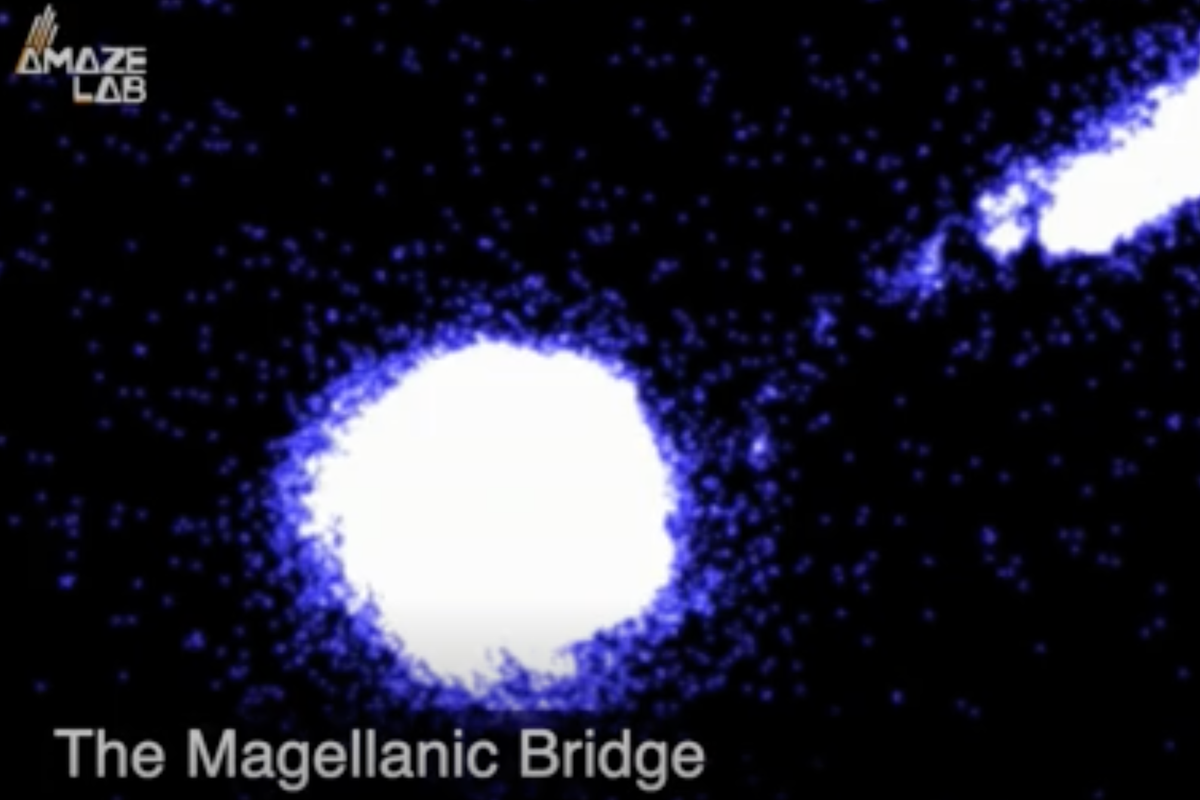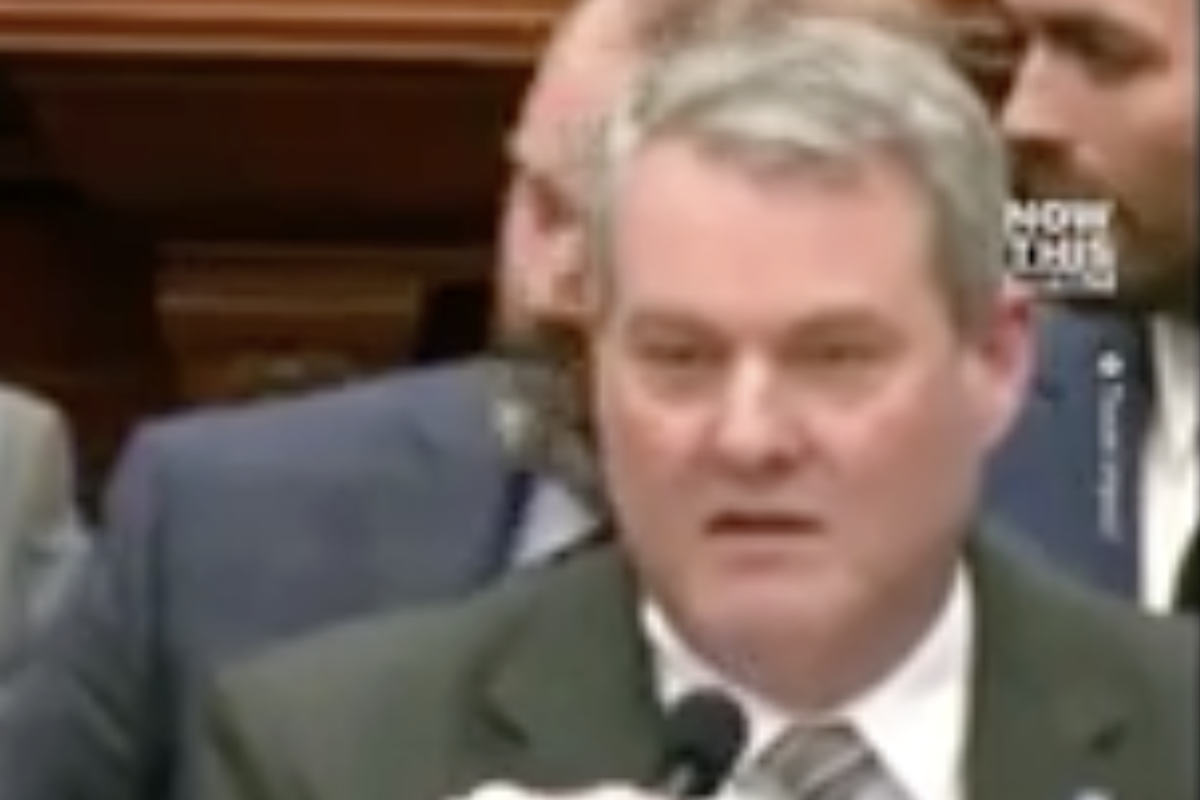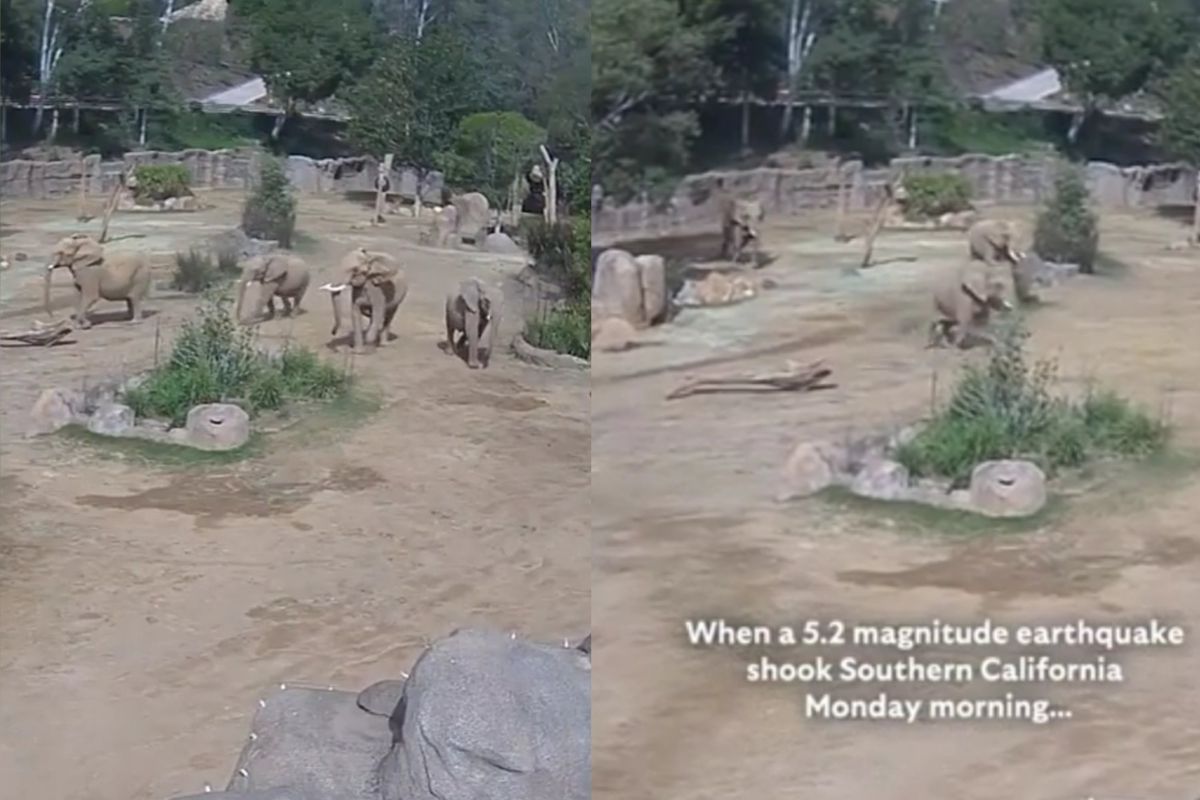Harriet Brewis
Jul 02, 2024
Plasma field envelops SpaceX rocket on re-entry to Earth's atmosphere
SpaceX
NASA scientists have just identified mysterious shapes flying above the Earth but, don’t worry, this doesn’t mean that aliens are about to strike.
Using an imaging instrument called the Global-scale Observations of the Limb and Disk (GOLD), the experts uncovered strange X and C shapes, which have been cropping up in surprising places at surprising times.
The researchers found the structures dancing around the ionosphere – the area where Earth’s atmosphere meets space – and say that the discovery could help improve radio communications and space weather forecasts.
The ionosphere – which sits around 50 to 400 miles (roughly 80 to 644 kilometres) above the planet’s surface – becomes electrically charged as sunlight strikes it over the course of the day.
This creates plasma bands of charged particles that are further influenced by Earth's magnetic field, as Science Alertnotes.
And it is these bubbles of plasma that form the X and C shapes that have been observed.
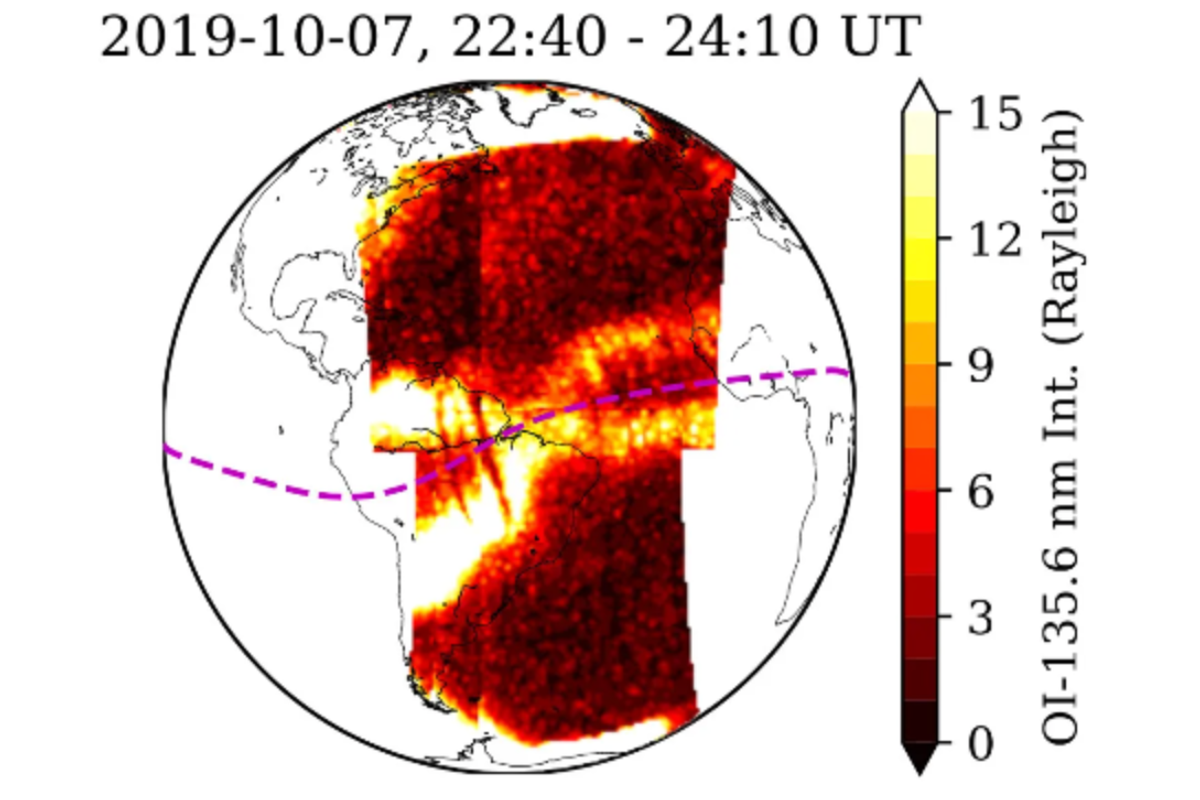
Previous studies have shown merging plasma crests forming an X shape following solar storms and large volcanic eruptions.
However, the new data (which has been published in The Journal of Geophysical Research: Space Physics), reveals that they can also form in so-called “quiet times” – suggesting that more localised factors play a part, too.
Computer models indicate that lower atmospheric conditions could be pulling the plasma downwards, the scientists note in their study.
"Earlier reports of merging were only during geomagnetically disturbed conditions," Fazlul Laskar, an ionosphere physicist at the University of Colorado, who co-authored the paper, explained in a statement to NASA.
"It is an unexpected feature during geomagnetic quiet conditions."
The experts have also been left puzzled by the appearance of C-shaped and reverse C-shaped bubbles in the plasma, which were thought to be created by winds on Earth.
And yet, GOLD has recorded these Cs forming surprisingly close together – sometimes around 634 kilometres (400 miles) apart – which, again, suggests more localised factors are at play – whether that be a tornado or something else.
These tight groupings of C shapes seem to be relatively rare for now, with only two observed by GOLD so far. However, the researchers aim to continue investigating them to work out what's causing their formation in the ionosphere.
"Within that close proximity, these two opposite-shaped plasma bubbles had never been thought of, never been imaged," ionosphere physicist Deepak Karan, from the University of Colorado, said in the same statement.
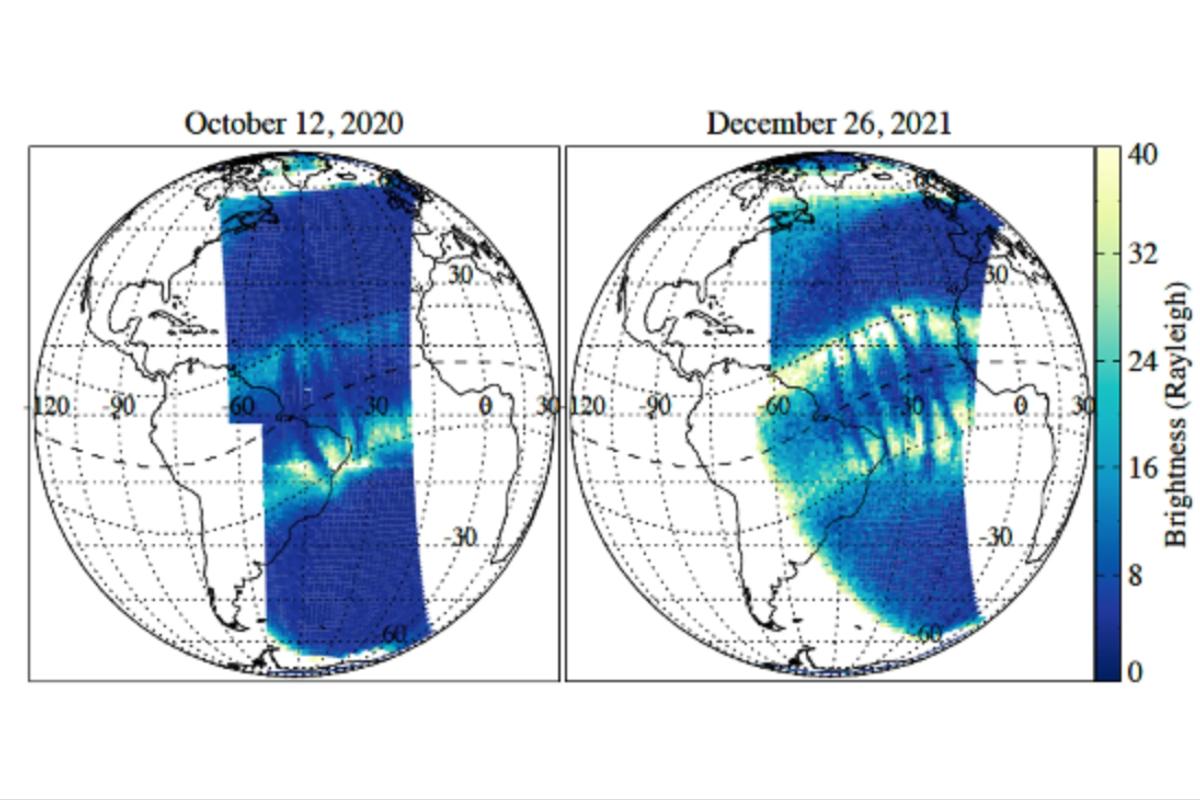
Plasma in the ionosphere is essential for enabling radio waves to travel long distances, meaning that disruptions in the ionosphere could have an impact on important communication and navigation infrastructure.
This study and the GOLD data serve as further proof of how innovations in scientific research and technology are helping us to discover more about Earth and the Universe as a whole.
Astrophysicist Jeffrey Klenzing from NASA's Goddard Space Flight Center, who wasn't directly involved in the study, pointed out: "The fact that we have very different shapes of bubbles this close together tells us that the dynamics of the atmosphere are more complex than we expected."
Sign up for our free Indy100 weekly newsletter
How to join the indy100's free WhatsApp channel
Have your say in our news democracy. Click the upvote icon at the top of the page to help raise this article through the indy100 rankings
Top 100
The Conversation (0)





